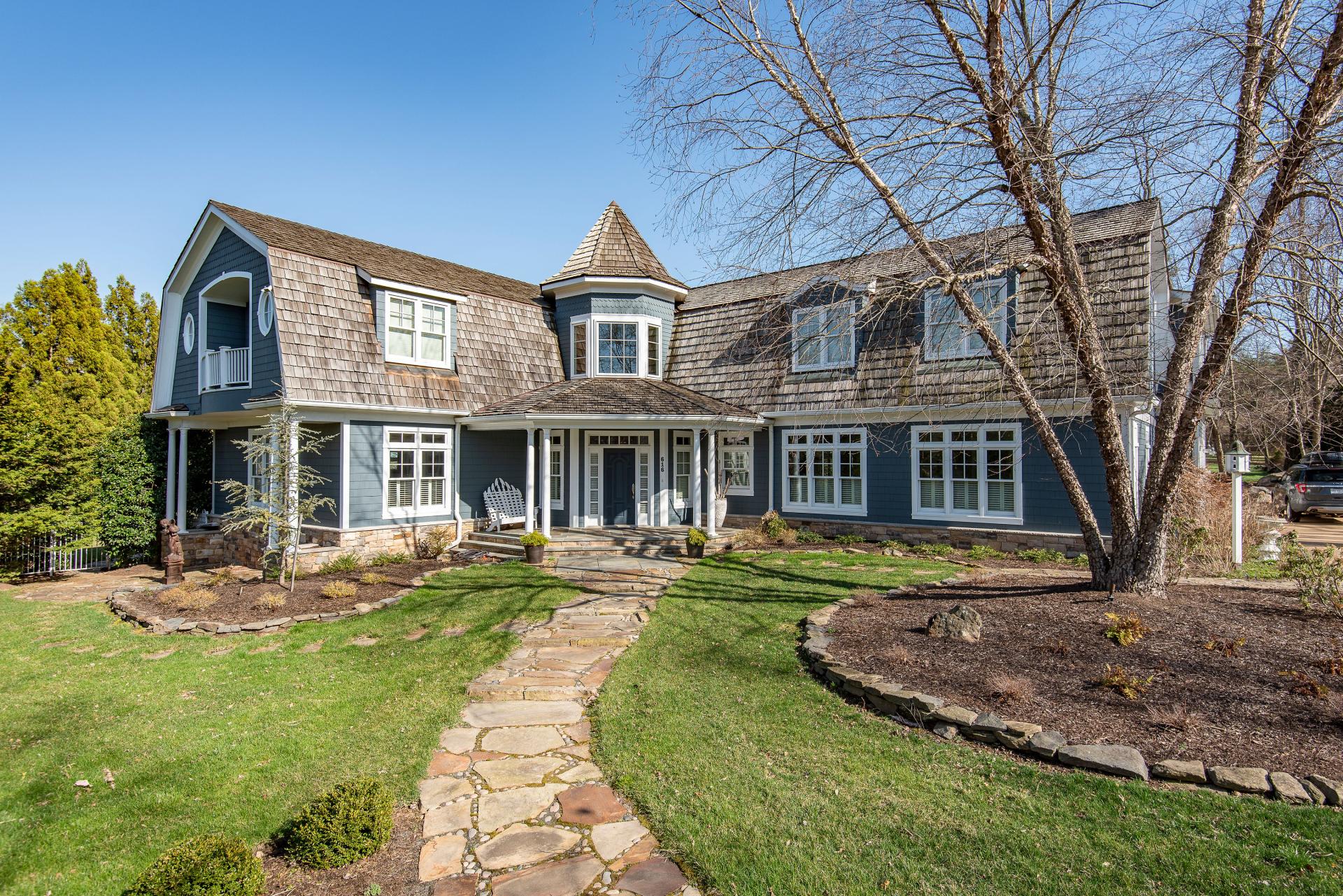Windows are designed to let light stream into your home, making it warm and inviting. Natural light can greatly benefit your mood, as it elevates levels of productivity, decreases stress and anxiety, and provides a sense of overall comfort. Not only that, but there are a lot of practical reasons to investigate ways you can increase the natural light in your home. You can easily reduce your costs by turning off your lamps and instead taking advantage of the free sunlight that hits your home every single day. Cutting down on energy costs is easily one of the most attractive benefits of installing windows that let that light shine in.
But where do you begin if you want more natural light within your home? It's a bit of a process, as you need to figure out the type of windows that would best suit your wants and needs while also considering window placement.
How to Increase Natural Light in a House with New Windows
If you're thinking about replacing your windows to increase your home's natural lighting, you first need to begin by finding out where the sun rises and sets in relation to your home. Some homes are positioned in a specific way in relation to the sun that prevents any light from directly entering through their windows. If the sun rises on one side of your home and sets on the other, consider installing larger windows in those areas. If you do have a part of your home that gets a lot of sunlight, but no windows are in that area, you may want to revisit your budget to see if you can have a new window cut, framed, and installed.
Bay and Bow Windows
Bay windows and bow windows are great options if you're looking for windows that increase natural light and make an excellent nook you can cozy up into!
The main differences between bay and bow windows come down to style, function, and aesthetics. Bay windows have three window openings, whereas bow windows have four to five. A bay window consists of a main picture window with smaller windows that sit on each side at 45- or 90-degree angles. Bow windows are completely curved.
Both bay and bow windows offer a lot of additional natural light, as they can capture different angles of sunlight. These are also a great addition if you're looking to add some more functional space to a room, as you can sit in the window's nook to experience some of that sun.
Picture Windows
If you're looking for a large amount of natural light, picture windows are a great place to start. These windows are quite sizable and are commonly manufactured as a single square frame without any transoms or mullions (the perpendicular beams that separate a single window into sections).
One thing you need to remember if you're considering installing a picture window is that these windows are inoperable, meaning they do not open. If you're sold on a picture window, a route you can take is installing operable windows on each side of your picture window to add some ventilation and functionality.
Garden Windows
Garden windows provide a perfect amount of natural light – for your plants! These windows are specifically designed to house your favorite foliage, as they project outward, away from the room in which they're installed. This creates a shelf that can become a new mini greenhouse. Many homeowners install their custom garden windows above kitchen sinks, where they can easily water and admire their plants.
Although this option of windows can increase your natural light, having plants sitting inside of it can obstruct the sun from fully entering the room. A benefit of these windows, however, is the fact that they are completely encased in glass, so sunlight can come in from any direction.
Large Awning Windows
Installing some larger awning windows can guarantee that you get more sunlight in your home. These windows are typically installed higher on your walls. Not only does this position offer enhanced privacy it also ensures that sunlight penetrates through. Awning windows are hinged at the top and open outward, creating a sloped surface — allowing ventilation during rain or shine! For the largest amount of sunlight possible, consider installing a row of awning windows or placing them in corners where your room's walls join together.
Double Hung Windows
Double hung windows are a classic style of replacement window. The name comes from the window's function: double hung windows allow you to open either sash (top or bottom) by sliding them up or down. Double hung windows can be installed individually or in rows with varying space between each window. If you want to maximize the amount of sunlight that comes through your double hung windows, it would be better to install them in a row with a small amount of space in between.
Casement Windows
Similar to the awning window, casement windows are hinged, but at either side instead of the at the top. These windows typically have an unobstructed square or rectangular frame, which guarantees that sunlight will fill your entire room. If you're interested in installing casement windows, keep in mind that these windows are taller than they are wide and may not look visually appealing across your home's rooms. Also be wary of placing them near areas that are highly trafficked outside, as when open they might cause an unintentional collision!
Make Your Home Shine with Hodges' Replacement Windows
At Hodges, we love working closely with our customers to find a window or door solution that perfectly fits their needs. If you need someone to walk you through the installation process, or a team of trusted professionals that you can bounce ideas off of, then we would love to collaborate with you. Let us help your light shine in with our replacement windows at Hodges.



